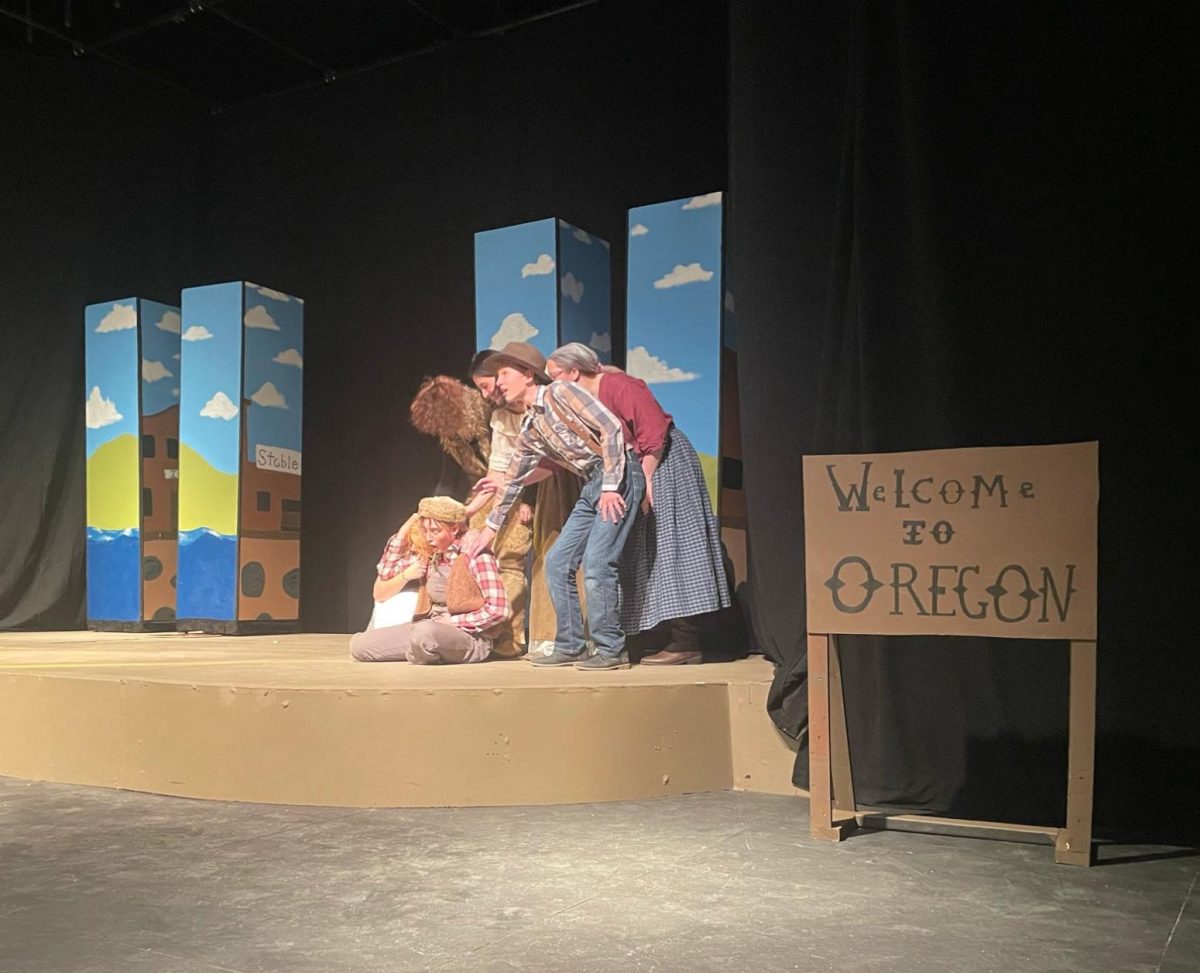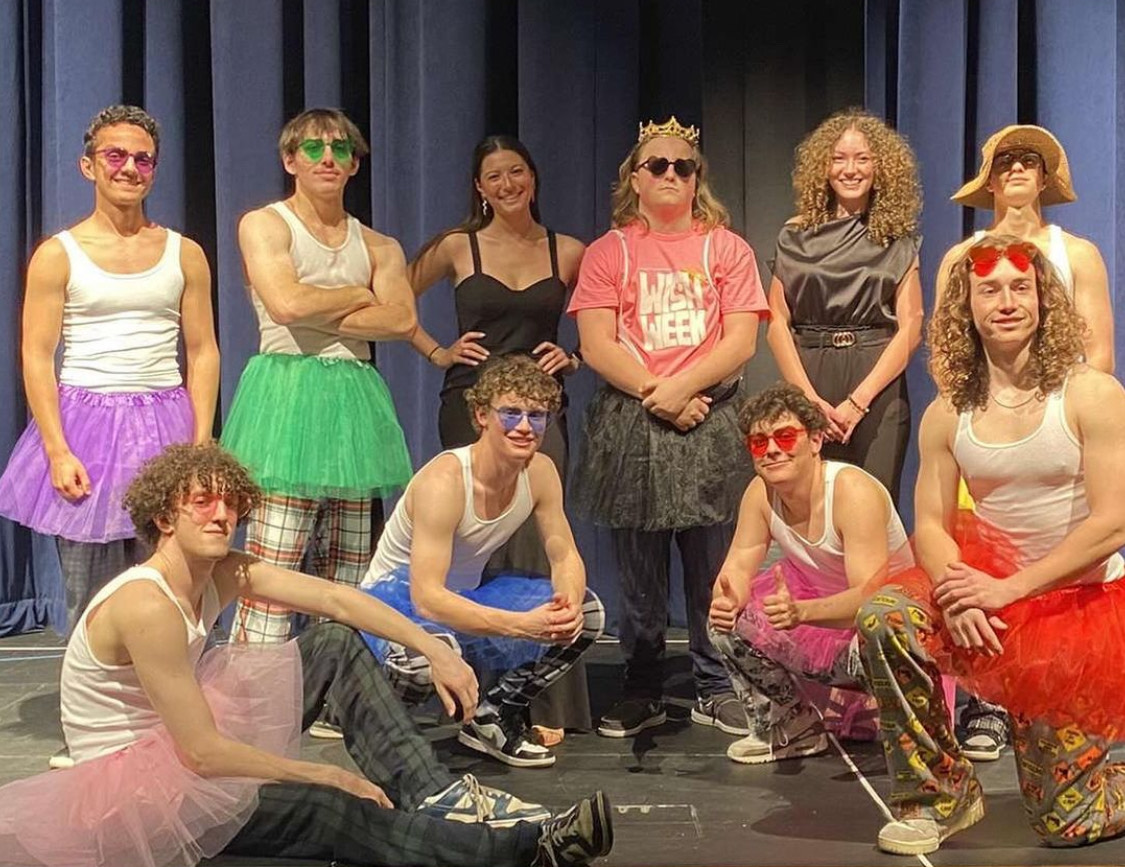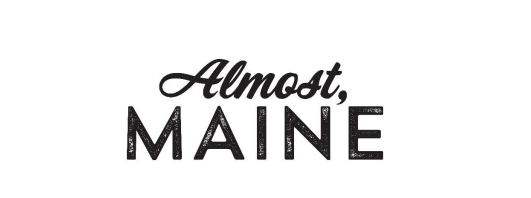Nintendo is known for many games, and they all have a consistent vibe of a child friendly, whimsical nature, but there are a few games that (in recent years) have become more targeted to an older audience of teenagers/young adults. Legends of Zelda has fallen into that catergory recently, a famous franchise with 29 games, all about a hero named Link whose Master Sword can seal away a powerful darkness known as Ganon. It started out pretty tame, but as more games were made it evolved into more of a teen audience.
The first game was made in 1986, created by Shigeru Miyamoto and Takashi Tezuka; and while its 8-bit design was not much to look at, we wouldn’t have such amazing games in the future without it. The game series was later picked up by Eiji Aonuma, who has been leading the franchise ever since.
The actual timeline of the games is very confusing, it starts off with one of the later games made in 2009 and eventually branches into 3 different timelines and the 2 most recent games are set 10,000 years after the other games (buckle up, this gets weird).
All the games have pretty much the same summary, Zelda is kidnapped and Link has to save her, but they do have a few differences in each game. Take Ocarina of Time for an example, this is the game where everything splits into thirds when Zelda uses (shocker) the Ocarina of Time to send Link back in time to live his childhood, but he also grows up in another timeline, but wait! He also loses to Ganon, who takes control in a completely separate timeline.
See? This got real weird real quick, and that was the easiest explanation. These timelines pretty much lost any relevance with the two newest additions, Breath of the Wild and Tears of the Kingdom, which are WAY in the future and contain a very different game experience.
For starters, the game technology they used to create Breath of the Wild was revolutionary, you can climb any surface except glass and overhangs, and every individual house can be entered, which is an insane rarity. Not only that, but a new form of technology called the Sheikah Slate is provided to Link that includes runes that help him on his journey. Nintendo really went all out with this game, it cost approximately 120 million USD to make.
But that was before Tears of the Kingdom.
Before it was even released, Tears of the Kingdom had been nominated for most anticipated game in both 2020 and 2021 in The Game Awards and nominated for most wanted game in 2021 at The Joystick Awards. Tears of the Kingdom won this award and Most Anticipated in 2022, and in 2023, it won a whopping 5 awards, ranging from Best Nintendo Switch Game at Gamescon to a special award at the CEDEC awards.
Now, with that many awards under its belt, Tears of the Kingdom should have some pretty nice gameplay, right?
Wrong, it’s way more than that.
The game starts off with Link and Zelda investigating underneath Hyrule Castle about this strange substance called gloom that was infecting water supplies and making people sick. Upon arriving in a tomb-like room, they see a corpse held down by an arm. The arm falls off, turns out the body is an ancient form of Ganon, and Hyrule is tossed into chaos as Princess Zelda disappears and Link is left with an arm blackened with gloom, a substance that reappears throughout the game. Link has to then work with his friends to take Ganon down once again and seal him away with the help of an ancient species known as the Zonai.
Link gets a new arm, of course, and with the new arm he can perform abilities with this magic hand much like the Sheikah Slate, but they’re a little bit different. These abilities include attaching objects together, building machines out of Zonai technology, reversing an object’s projection to its original state and fusing weapons together. Not only are those super cool abilities at hand (pun intended), but there are sages Link can call upon that help him with their own abilities, modeled after his friends. New monsters, new quests, and a noticeable effort to continue storylines from a realistic standpoint than where they left off in Breath of the Wild. The controls have also changed in general, the inventory layout has some big differences but it’s not a terrible change.
Everyone is overjoyed that this game has finally released, and it really made up for all the time that was spent developing it. The cost is a bit insane, literally $70, but it’s a reasonable price for such an expansive game. This is great, but will this permanently raise the standards for the Legends of Zelda franchise? Only time will tell.





